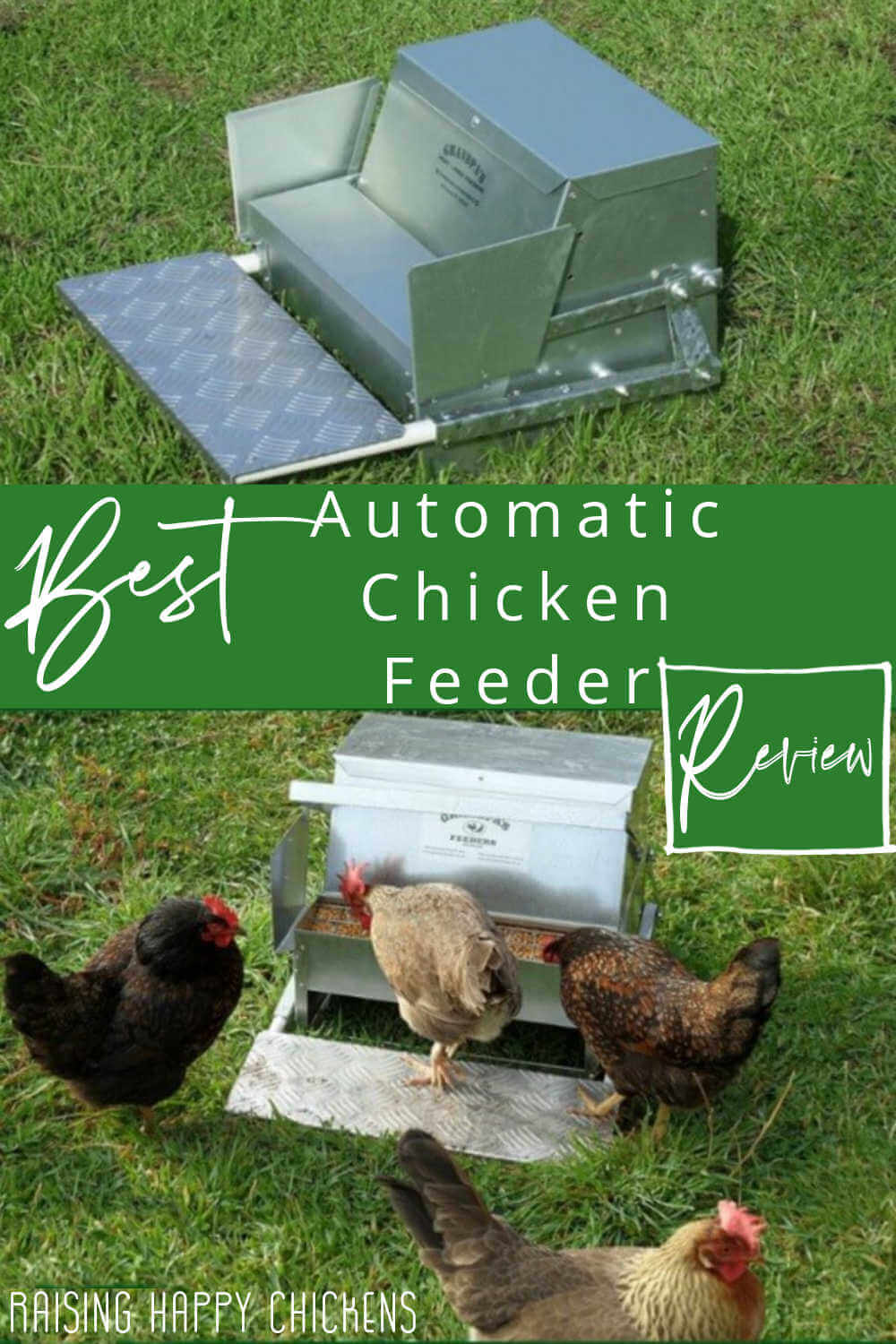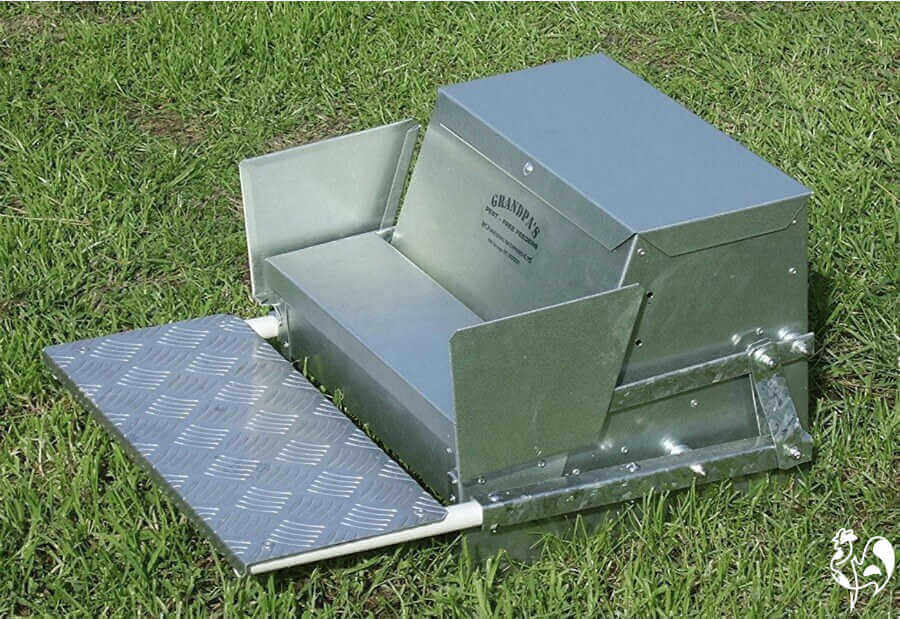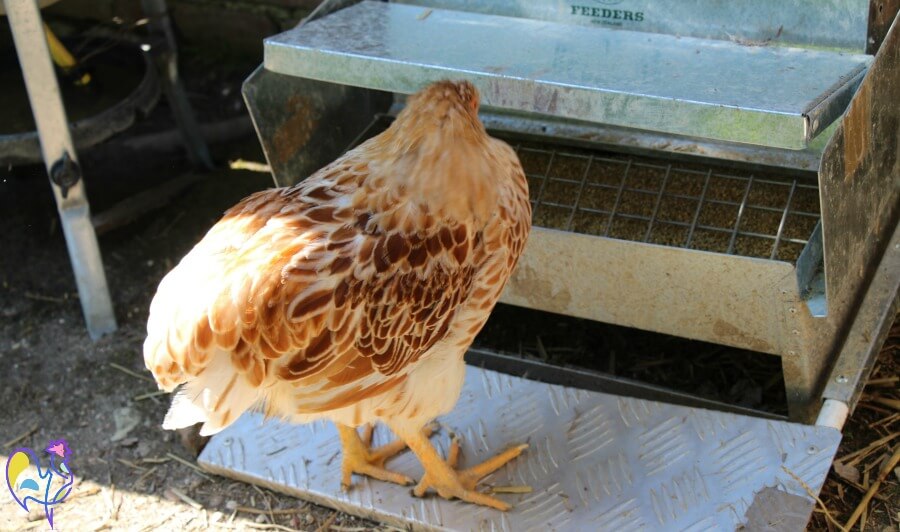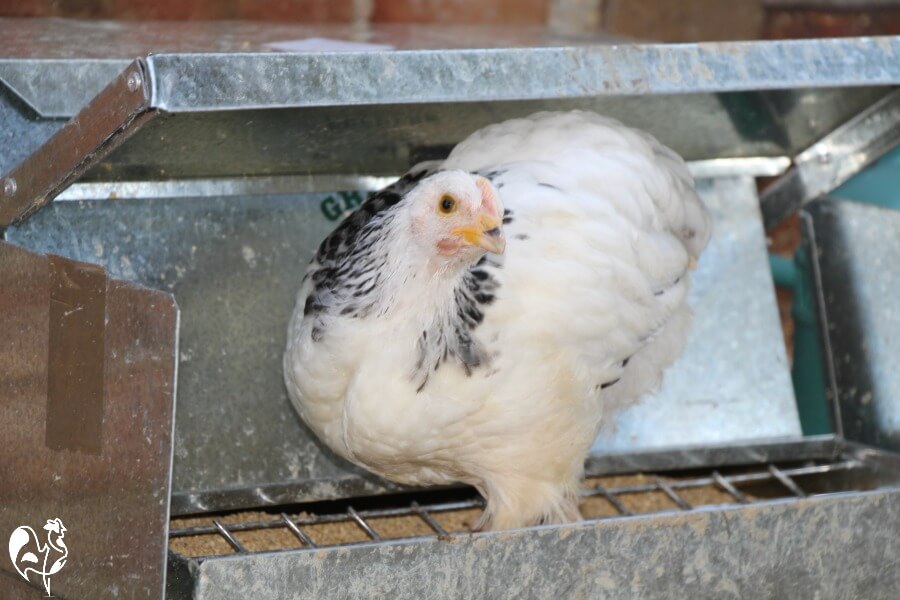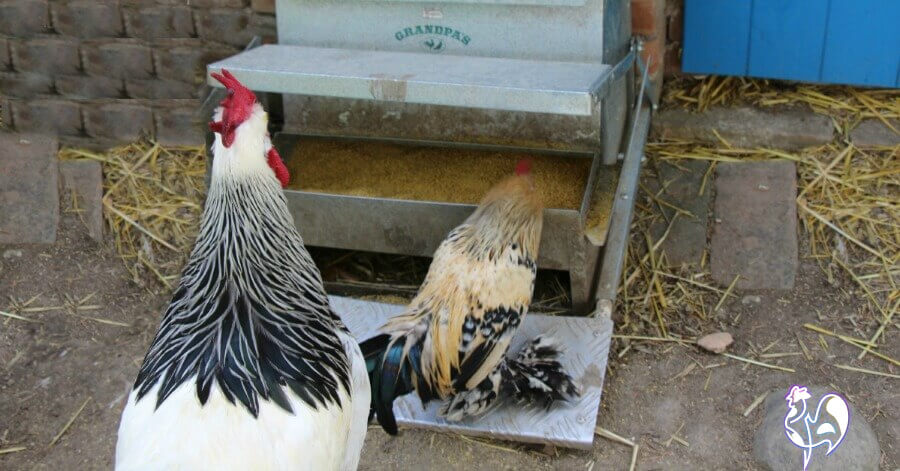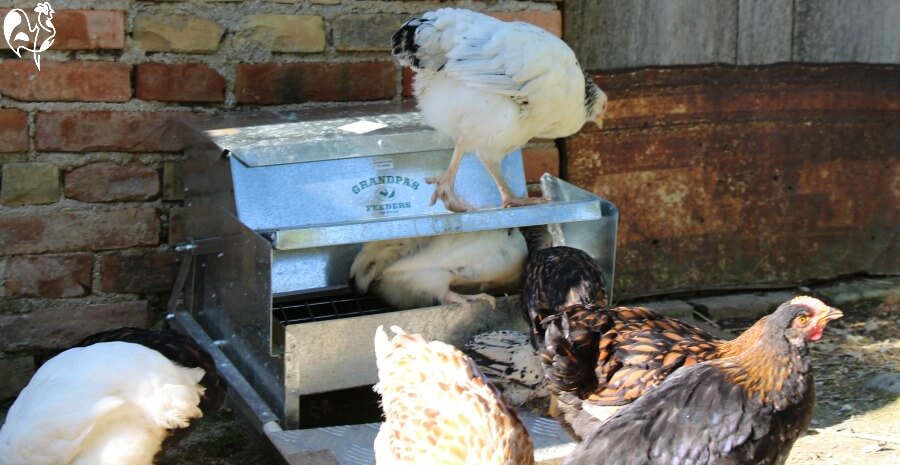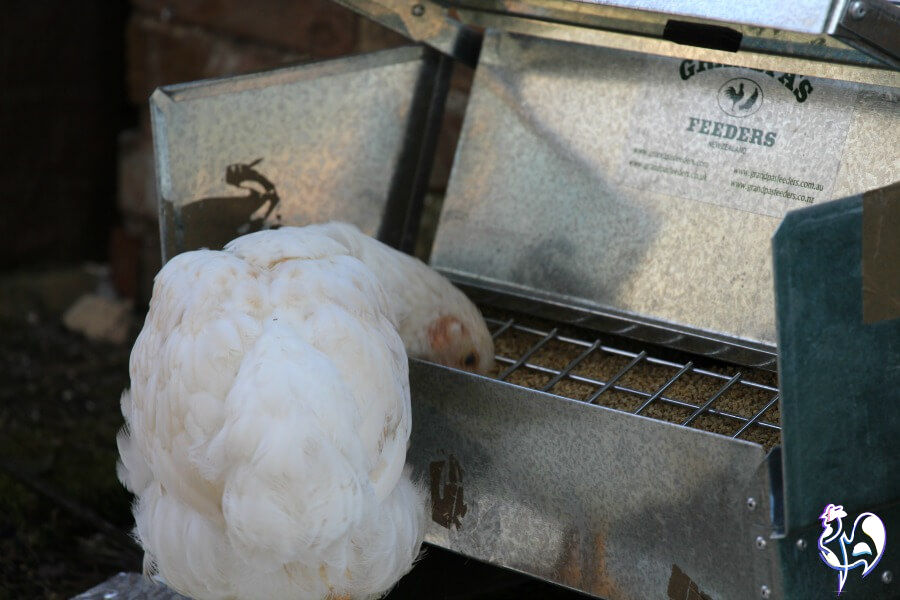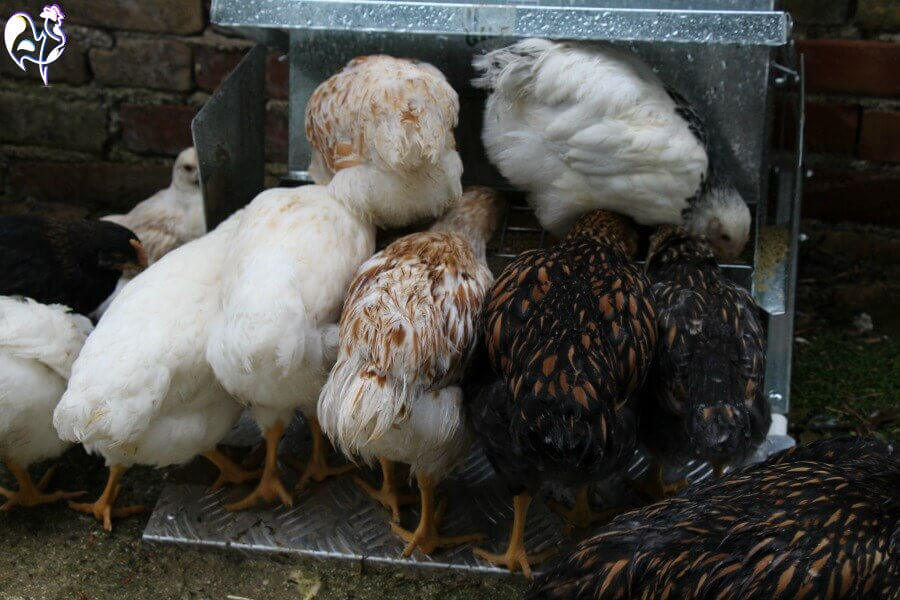Why Grandpa's is the best automatic chicken feeder on the market.
Do you have a chicken feeder that plays open house to wild birds and rodents? If you haven't noticed it yet, I guarantee you will...
How do I know? Because it happened to me.
By the time I realised I had a problem, I had no fewer than three rats' nests.
It's a common complaint by non-chicken owners about people who keep chickens: they attract rats.
Except - it's not the chickens who attract rats - it's grain. So it wasn't surprising that I ended up with a huge rodent problem.
I did my research, which told me the time for providing grain-fests for rodents had to end. Rats can bring disease to the chicken house, not to mention to your family.
I decided there and then that first I had to get rid of the rats, and then I had to solve the problem long term.
The open feeders had to go.
So I invested in two things: an electric rat trap and a Grandpa's automatic feeder.
Did it work?
Put it this way: I've not had one single, solitary rat since.
If you purchase a product through links on this page I receive a small commission at no cost to you. I was not paid for writing this review, and I did not receive it as a freebie. I'm suggesting it for you because I own it and love it, and I think you would, too. For more information please see this policy.
What's an "open" feeder?
It's basically any type of feeder which leaves even a small amount of grain exposed. It doesn't have to be much – rats and mice can squeeze into the tiniest of holes.
Some of the more recent designs for small flocks have a bucket or pipe, with openings at the bottom for chickens to peck from.
Some are designed so that the chicken has to put its head inside, some are a tray. They all look good, but they're all an open invitation to rodents. Rats and mice can literally smell grain from three miles away, and they'll take advantage of any nook or cranny to get at it.
Open feeders very quickly become a kind of rat-Donald's.
This was my open feeder before I knew any better. It's a design common to many backyard chicken keepers.
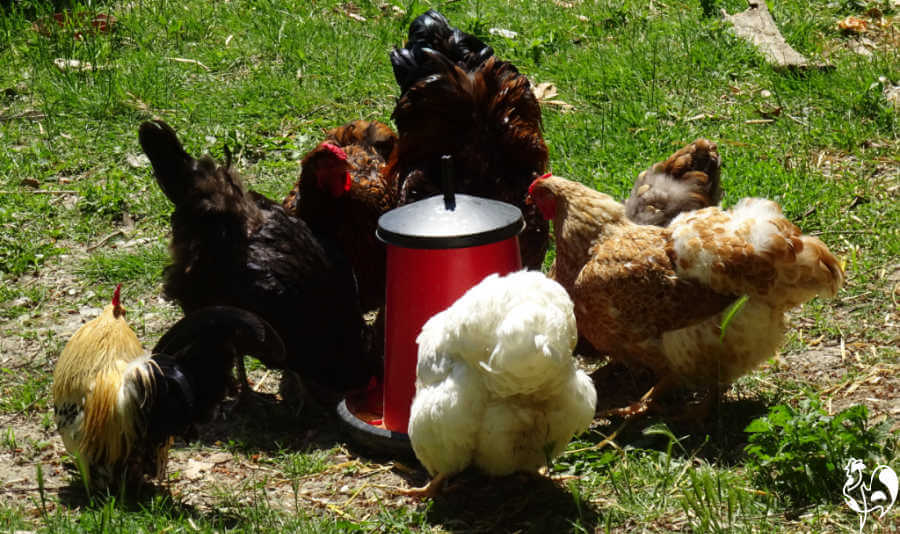 Some of my flock eating from the open feeder I used before I found Grandpa's.
Some of my flock eating from the open feeder I used before I found Grandpa's.Usually made of plastic, the feed goes into the hopper and comes out in a pan at the bottom. As the chickens eat, the grain refills from the container. It can keep several chickens fed for several days.
But, even when I hung it at chicken head height, mice and rats managed to get inside. Because not only can they get through the tiniest of holes, they can jump up to around three feet off the ground.
I opened the lid one morning to find a rat looking at me from inside the drum. It was having its own private grain-fest.
It was time for a change.
Why a Grandpa's feeder?
I did my research. The way to keep rodents and wild birds (who can bring disease, including the dreaded bird flu) out of feeders is to have one that's completely enclosed. Grandpa's fitted the bill.
It's been on the market for over 20 years. I got mine at a point where I had to order it from New Zealand! Now, thankfully, they sell via Amazon.
It's waterproof, rodent-proof and predator-proof. In my view, it's the best on the market.
(If you want to buy now, click on any of my pics on this page which will take you to Amazon. Or, keep reading for my full review and recommendation.
And thanks to my chickens for modelling their Grandpa's feeder so well!).
The top of the hopper has a lid. It fits snugly, and its edges cover over the sides of the feeder. The front and back are held securely with pins which slot into holes on the feeder itself.
Some animals – raccoons, for example – are adept at picking locks to get into the chicken run. They won't, though, get into this.
It also makes sure the top can't blow off and leave grain exposed to either rodents, wild birds or rain – all sure ways to bring disease to the chicken house.
How does it work?
It's a simple concept. The chicken(s) stand on the treadle platform at the front. A lever system works to raise the lid of the grain tray.
Here, Miss Lulu demonstrates how the chicken eats...
...and steps back off the platform. The lid closes until the next chicken arrives.
The hopper has a sloped back, so grain never gets stuck, it just naturally falls down into the feeding box.
There's an anti-scratch bar inside, which stops the hens standing in the grain and scratching about, as they like to do. And there are side panels, which also prevents grain flopping over the side.
Here you can clearly see the anti-scratch bar which fits inside, and the side panels. Both these things mean that, no matter how she might try, Miss Matilda cannot scratch grain out of the feeder onto the floor.
So no grain gets wasted falling to the ground. It's a great addition, added after feedback from customers.
Don't you just love a company that listens?
Will it work for bantams?
Well, my little Lemon Millefleur Sablepoot, Bono, thinks so!
Here he is, taking his turn at my standard sized feeder while one of my Light Sussex hens stands in line behind.
You may have to start by putting a weight on the treadle to help bantams open the lid.
Bono originally waited until other hens were on the treadle and stepped up beside them, but eventually he got the hang of opening it by himself.
What's to stop a rat or mouse standing on the treadle?
Nothing. But the weight needed to open it is more than the weight of anything but a mega-mouse. And the hopper is far enough away from the platform that rodents couldn't get to the grain and keep their weight on the platform to hold the lid open at the same time.
I've never seen any evidence that any rodent has managed to get inside this feeder. No droppings, no rat staring up at me – nothing.
It's built like an anti-rodent Alcatraz.
Will chickens be injured by it?
This is probably the thing that most people ask me. The answer is "no". The chickens just move their head out of the way instinctively, before it closes on them.
I've used this for over ten years now with a flock of 20+ chickens. Not one of them has been hurt, not even when they use it to do acrobatics (yes, the hen inside the grain tray survived!).
Why Grandpa's as opposed to less expensive models?
It's all in the quality. The materials and the design together make this a feeder to last. It's waterproof, there are no plastic or wooden parts for rodents to gnaw their way through.
The manufacturers are so confident of the quality that they offer a two year "total satisfaction" guarantee. Money refunded, no questions asked.
You really cannot say fairer than that.
My honest opinion.
- It's the best quality feeder on the market.
- It makes sure rodents and wild birds, both of which can bring disease to the flock, can't get access to your grain.
- It's waterproof, so prevents the grain becoming wet and growing damaging mould.
- It feeds the flock for several days (depending on the size of the flock of course) which is great if you want to go away.
- The opening is wide enough for even large-combed chickens to feed comfortably.
- The chickens learn how to use it very quickly.
Any drawbacks?
- It's not cheap. But then, as I said earlier, you get what you pay for. I've had this feeder now for about ten years and it's not as shiny now, but showing no other signs of wear.
- One Amazon reviewer reported: "Setup a video camera and found out that the squirrels were working together to open the feeder. I sent the video to the company. They sent me a refund." So, if you discover you have ninja-squirrels, the company will honour their guarantee. Fair deal, I'd say!
- (Although we have large black squirrels and I've never seen evidence of any in the feeder).
- Not exactly a drawback, but make sure you buy the right size. I have the standard feeder which is great for small-ish flocks and for bantams. If I were buying again, I'd buy the large one for flocks of more than about 12 chickens.
- I bought mine in the days when I said "I'll just have maybe three or four chickens". Now my flock has – ahem – grown a little, they tend to make a beeline for the feeder first thing in the morning, and it can get somewhat crowded.
- They do eventually calm down and share nicely, though!
Are there other alternatives on the market?
Yes, there are similarly-designed feeders on the market which cost less.
But be careful. They're nothing like as well made. Grandpa's uses galvanised steel, while many of the imitations are Chinese imports using lightweight aluminium. Their cheap materials tend to rust, fall apart, and won't last anything like as long.
Take a look at their pictures and compare the mechanism with Grandpa's. The "alternative feeders" are not as well designed.
The choice is yours, of course. If you really can't afford a Grandpa's, then they're better than nothing. In the long run, though, you get what you pay for.
How many Golden Eggs does it deserve?
If you've read any of my other product reviews, you'll know that I have a "Golden Egg Award" where one egg means "don't go near this product!", and five means "get out there now and buy it!"
Grandpa's automatic chicken feeder scores...

A Fabulous Five Golden Eggs!
Time to buy!
I genuinely only recommend products that I have bought myself and love, or that someone I know and trust has and loves.
I have no hesitation recommending Grandpa's feeders. I love mine. My flock loves it too. And the rats hate it.
That's good enough for me.
